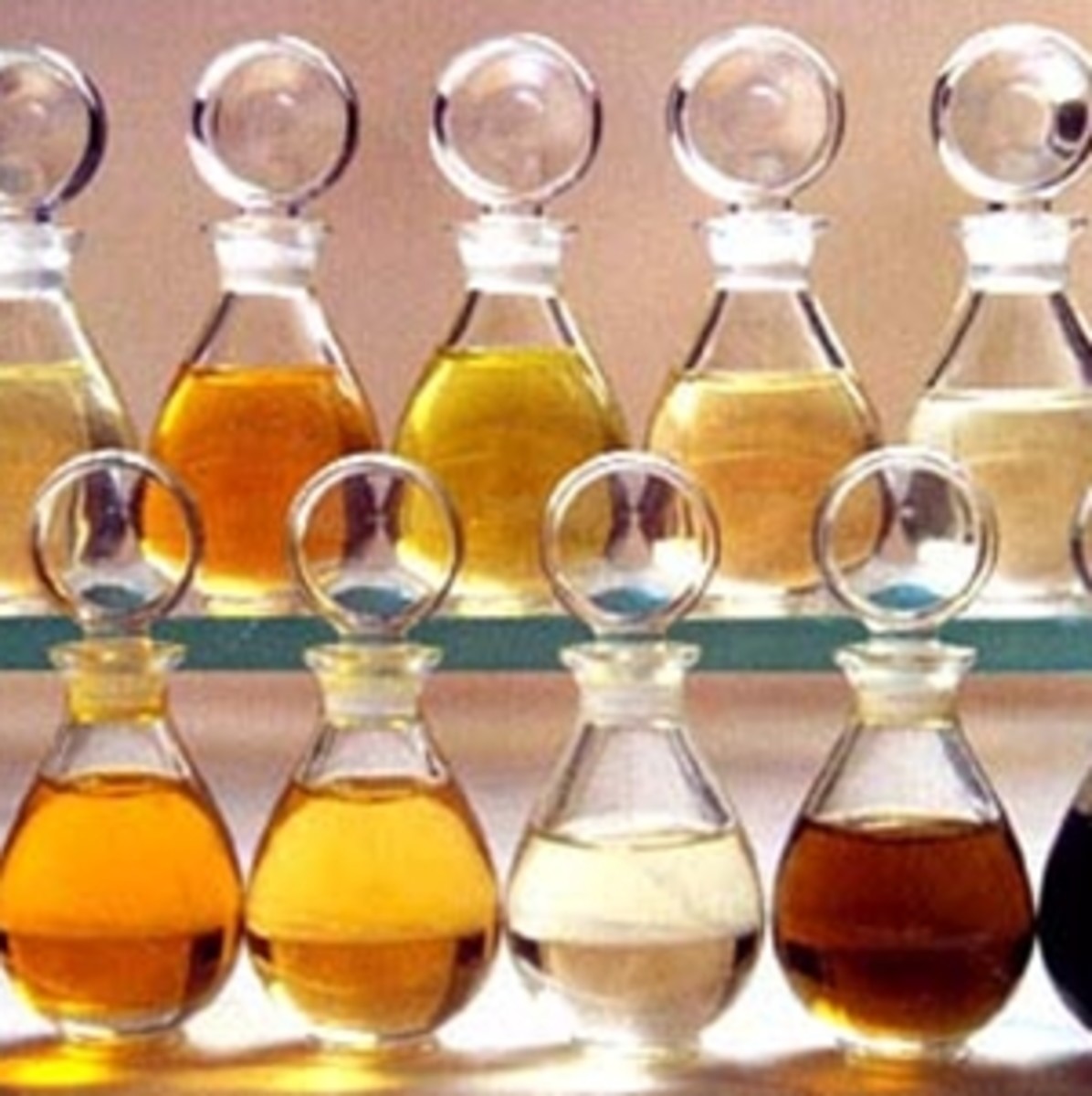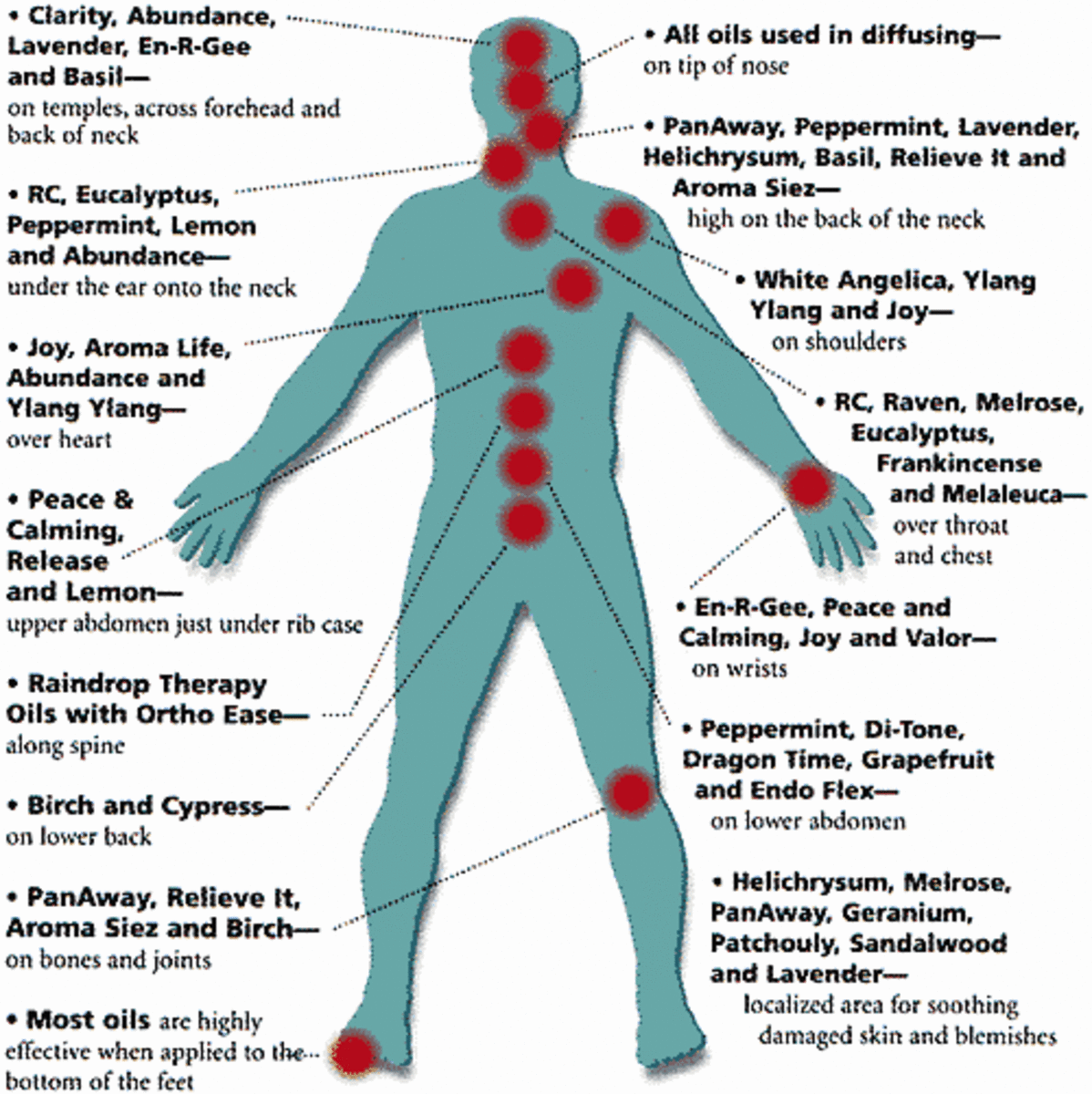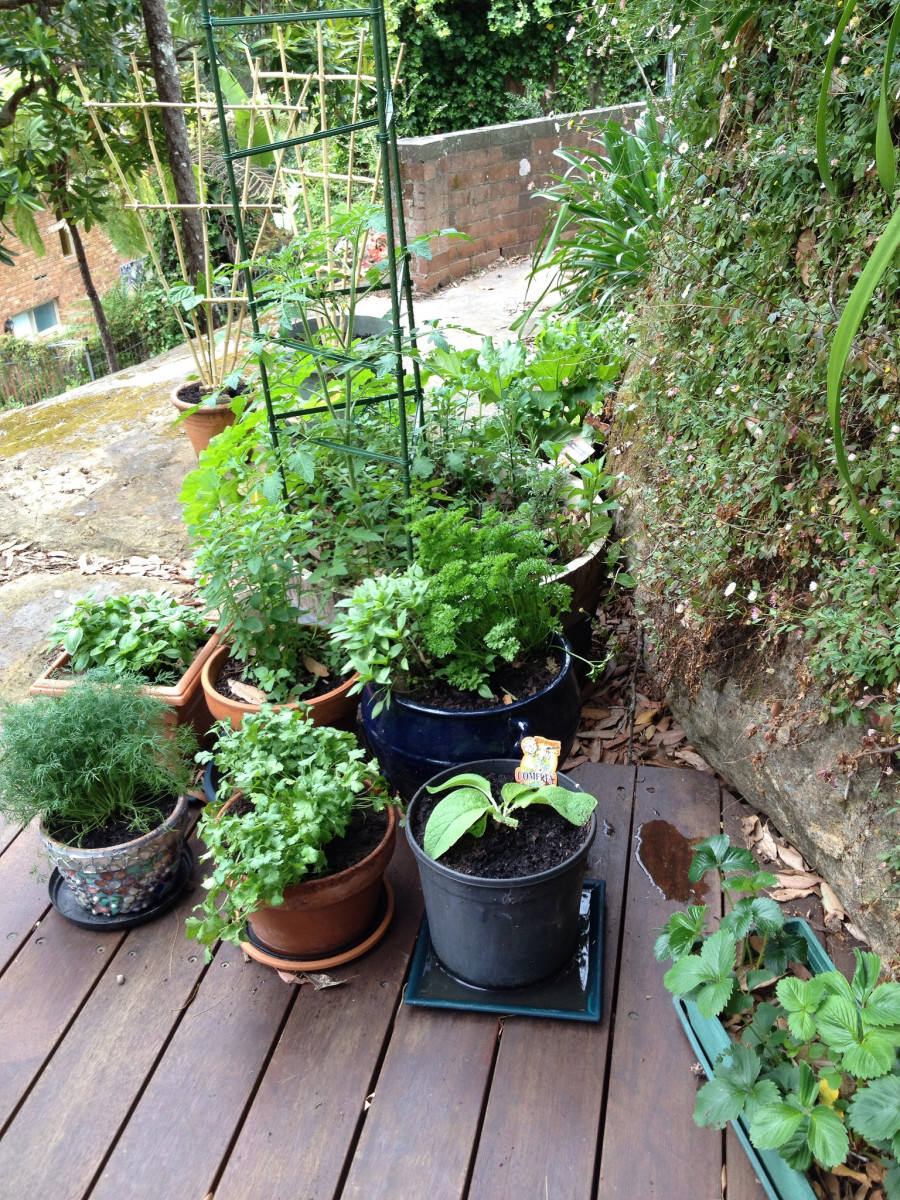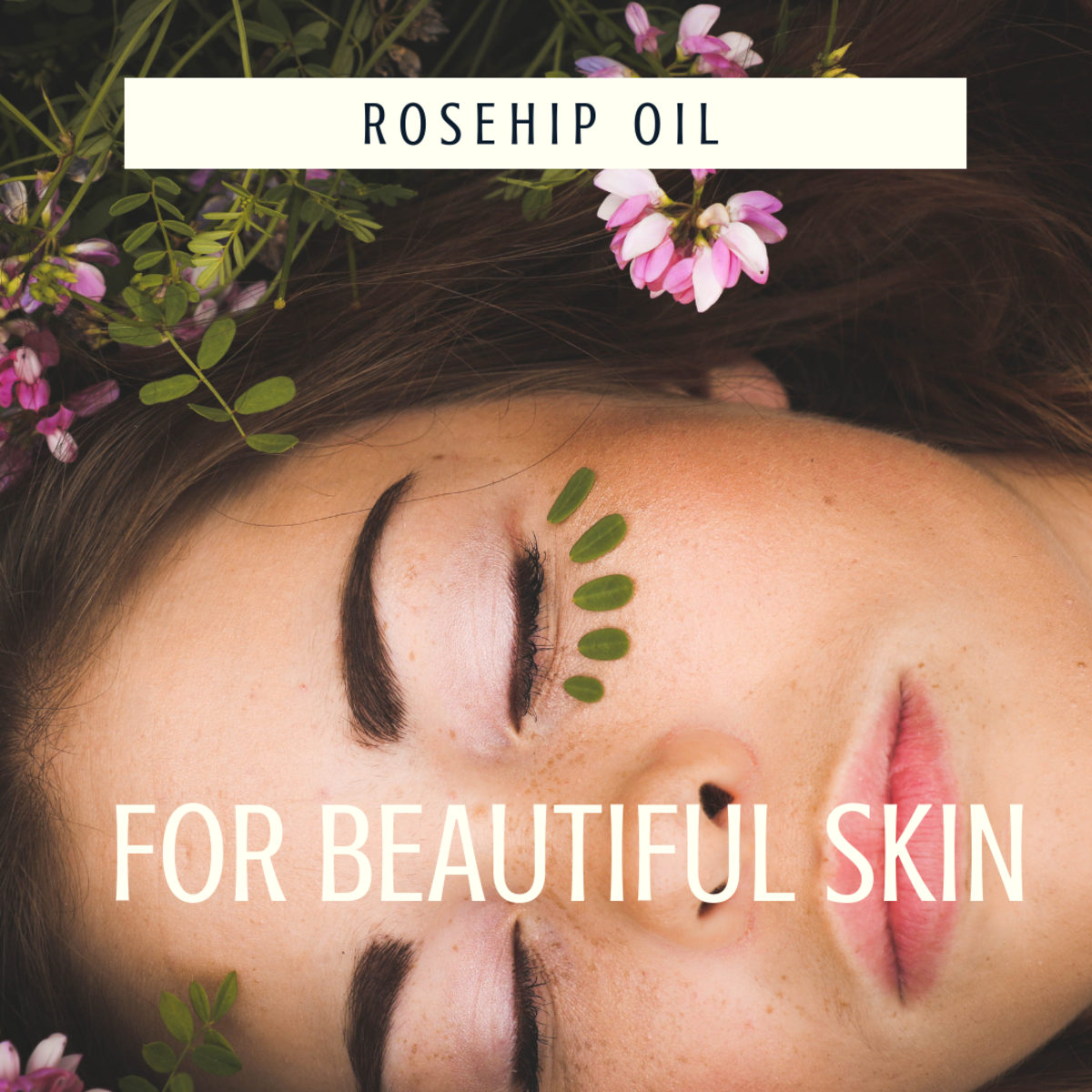Aromatherapy Essential Oils – Methods of Extraction of Essential Oils

Ways of Extracting Essential Oils
There are several methods of extraction of aromatherapy essential oils some of which are modern and some of which seem out dated. But they all ultimately serve the purpose of producing essential aromatherapy oils. These methods include, distillation, steam distillation,low we discuss some of these methods.

Taishan Low-temperature Steam Distillation Still 80L
Distillation Method:
Most essential oils undergo the process of distillation. For this reason we mention it first here. There are other different processes used, but the distillation process involves heating water to produce steam. Since most of the chemicals of aromatic oils are highly volatile, they escape along with the steam which is then condensed and collected. Essential Oils would be seen floating over the distillate and then separated for use.
Steam Distillation: In this method, a unit similar to a fractional distillation system is used. Heating causes the steam to escape from the substrate. This steam travels through pipes serving as condenser and become condensed to be collected on the other side. Separation of the final product from the distillate is similar to the one described above.
Hydrodistillation: The plants are put into water then heated, the steam from the heated plants contain molecules from the plants. If the water runs dry which is likely to occur in this method, the plants could get burnt and the essential oils produced will smell burnt. So stay close to avoid this.
Water & steam distillation: In this method, the plants do not have to make contact with water. Rather they are suspended above the water in a basket so only steam emanating form the water gets to touch the plants. If leaves are the source for extraction, this method is recommended as it works well except when extracting oil from woods, roots or seeds.
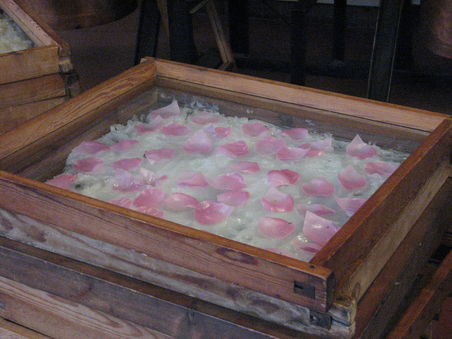
Distilling Lavender Oil - Life with Herbs
Lavender Guide : Distilling Lavender
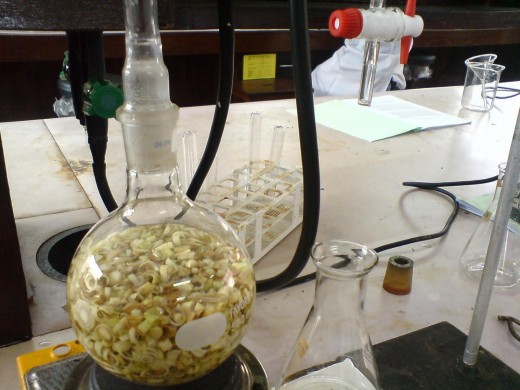

Other Methods for Extraction of Essential Oils
This method gives an end product that is mixed with vegetable oil. The aromatic plants are dipped into vegetable oils that has been warmed already and left there for some days. This process ruptures the leaves causing the extracts to be released into the oil. The oil is then collected for use. Examples of macerated oils are calendula, carrot and hypericum.
Absolutes and Concretes Solvent Extraction:
Some aromatic plants are too delicate to withstand the heat of distillation. Aromatic essential oils like Jasmine, Linden Blossom, etc. are very delicate probably the reason they are so expensive. For these ones, solvent extraction is the preferred method. An extracting unit is loaded with perforated trays of blossoms. The blossoms are then washed using a hydrocarbon like hexane. The hexane is what serves as the solvent. The solvent dissolves all extractable matter from the plant which includes non-aromatic waxes, pigments and highly volatile aromatic molecules. It is only after this that it can be put through distillation for solvent recovery. The remaining waxy mass is the concrete which constitute over 50% of the volatile oil if J. grandiflorum is the oil involved. This process of extraction does yield three important products; the concrete, the absolutes, and the floral waxes, used to give candles, thickening creams and lotions a good smell.
Enflleurage
Enffleurage and solvent extraction are similar methods, except that the latter replaces the use of fats with that of a solvent, such as hexane as discussed earlier. The amount of time this process takes makes the extracts from the process very expensive. The flowers from which the ingredients are to be extracted are spread on top of a layer of purified cold fat and left there for about 24 hours. The fat extracts the molecules from the flowers. And after 24 hours, the plants are replaced with fresh ones. This process continues for several weeks, sometimes months until the fat is saturated with the extracts.
Carbon Dioxide Extraction
When carbon dioxide is compressed under very high pressure, the gas liquefies. This liquid gas becomes inert i.e. not combustible or inactive and is then used in the process of extraction as a solvent. The advantage, of course, is that no solvent residue remains, since at normal pressure and temperature, the CO2 simply reverts to a gas and evaporates there will be no need to distill. What will be left will be just the extracts.
Cold Pressing
Squeezing the skin of orange gives out some kind of oil. This is orange essential oil. In essential oil production, orange essential is produced in high quantities using the similar methods only this time, machines are used. Citrus oils can also be produced using steam distillation, but cold pressing is the preferred method.
Florasols
Florasols are very important solvents in this process. As described by Wilde, in his studies about 20 years ago. This extraction method uses a new type that is a benign solvent for gases. In the late 1980s Dr. Peter Wilde first recognized the unique properties of these solvents for the extraction of aromatic oils and biologically active components from plant materials, for use in the food, pharmaceutical, aromatherapy and perfume industries. The process is based on the solvent “Florasol”. Because extraction is done at very low temperatures, the products of the plant are preserved; hence no thermal degradation of the products occurs. The extraction, by the selectivity of the solvent, produces free flowing clear oil free of waxes unlike other methods.
Resinoids
The extracts from this process are basically not for aromatherapy but just adjutants. Solvent extraction is a method that can produce gums, and resins to produce resinoids. Resins are substances that exude form trees when cut. They are solid/semi-solid substances which occur naturally in trees or plants and flows out to the exterior when a trees is damaged. This natural resinous material can be extracted with a hydrocarbon solvent such as petroleum ether, hexane or alcohol. These solvents are then filtered off and subsequently removed by distillation. A resinoid remains where a hydrocarbon solvent has been used (e.g. benzoin resinoid). Resinoids are often employed by the perfume manufacturers to fixate the smell of perfumes on the body for prolong hours to make the aroma of a fragrance last longer.
Links on Extraction of Essential Oils
- Taruna Oils - The Taruna Oils Organization
Taruna Oils offers therapeutic grade aromatherapy and essential oils for mind, body and spirit. These oils are life enhancing gifts from nature




